The Puffins of Jersey are heading for extinction


We have a plan to save them






Which will create a nature reserve for Jersey’s coastal wildlife






















300
250
200


150
100
Where are our 1
Puffin: 4 pairs
Razorbill: 10-12 pairs
Guillemot: Extinct




350 1910s1920s1930s1940s1950s1960s1970s1980s1990s2000s20102020







2 3 50
Hundreds of puffins, razorbills and guillemots have disappeared from Jersey in the last century
Puffins and other wildlife are threatened by non-native predators such as rats and ferrets 0
THE SEABIRD RESERVE: A SAFE FUTURE FOR JERSEY’S WILDLIFE 1


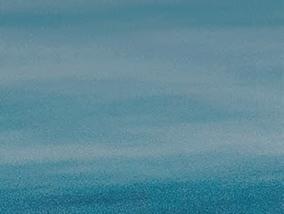






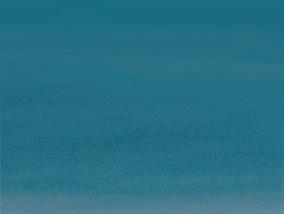

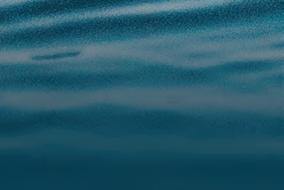


Without intervention, our puffins and other wildlife are facing extinction soon
puffins?
There are only eight puffins left in Jersey




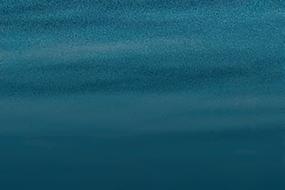
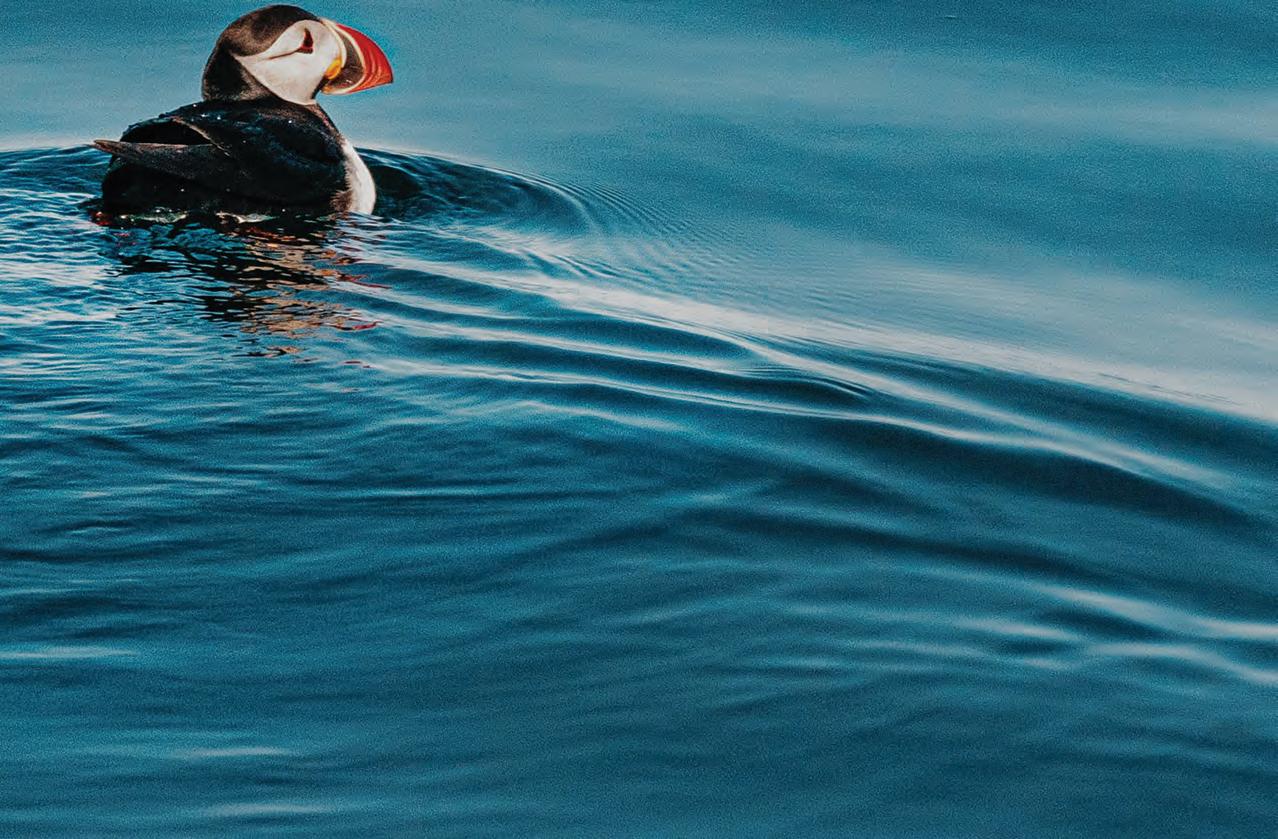
no wonder they are difficult to find 4 5



The only sustainable way to stop their extinction is to protect them with a fence
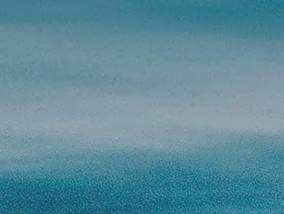
A predator-exclusion fence will create a reserve around the puffin nests and cliffs, and will protect them forever




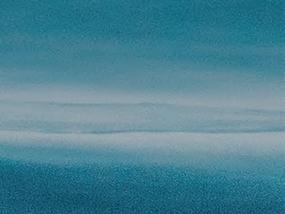











THE SEABIRD RESERVE: A SAFE FUTURE FOR JERSEY’S WILDLIFE2
predators arrive to an island, seabirds decline
Birds and other wildlife have been living on islands without terrestrial predators for millions of years. With their nests on the ground or inside burrows, none were prepared for the threats that humans brought along, then they discovered their islands.
Arriving as stowaways or brought as pets, rats, cats, ferrets and others soon found it easy to eat the eggs and chicks of almost every native island species. Even adult birds could fall prey to them, as their short legs and long wings make them clumsy on the ground.
Rats and cats alone have caused the global extinction of 160 island species, and are currently the main threat for other 600 endangered species across the world.
A 2015 study found that the world’s seabird populations have declined by 70% in the last 60 years – this makes seabirds the most threatened birds in the world.
And according to the international organisation BirdLife, the main threat to seabirds worldwide are the non-native predators introduced by humans.
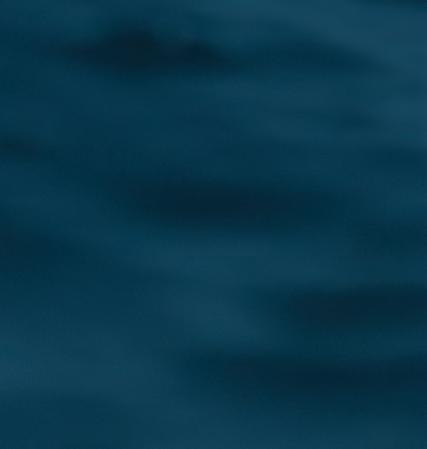



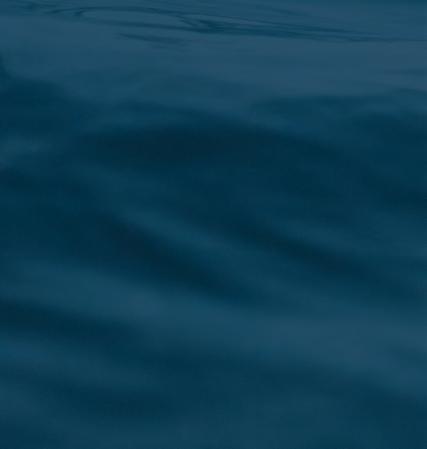


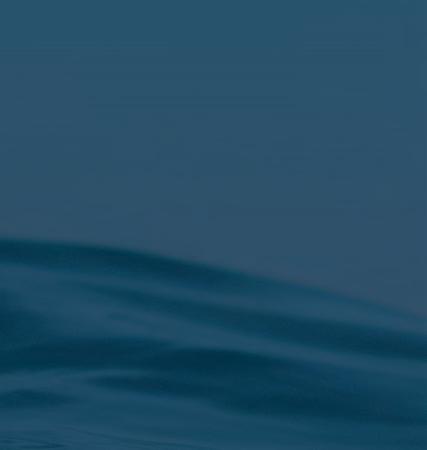




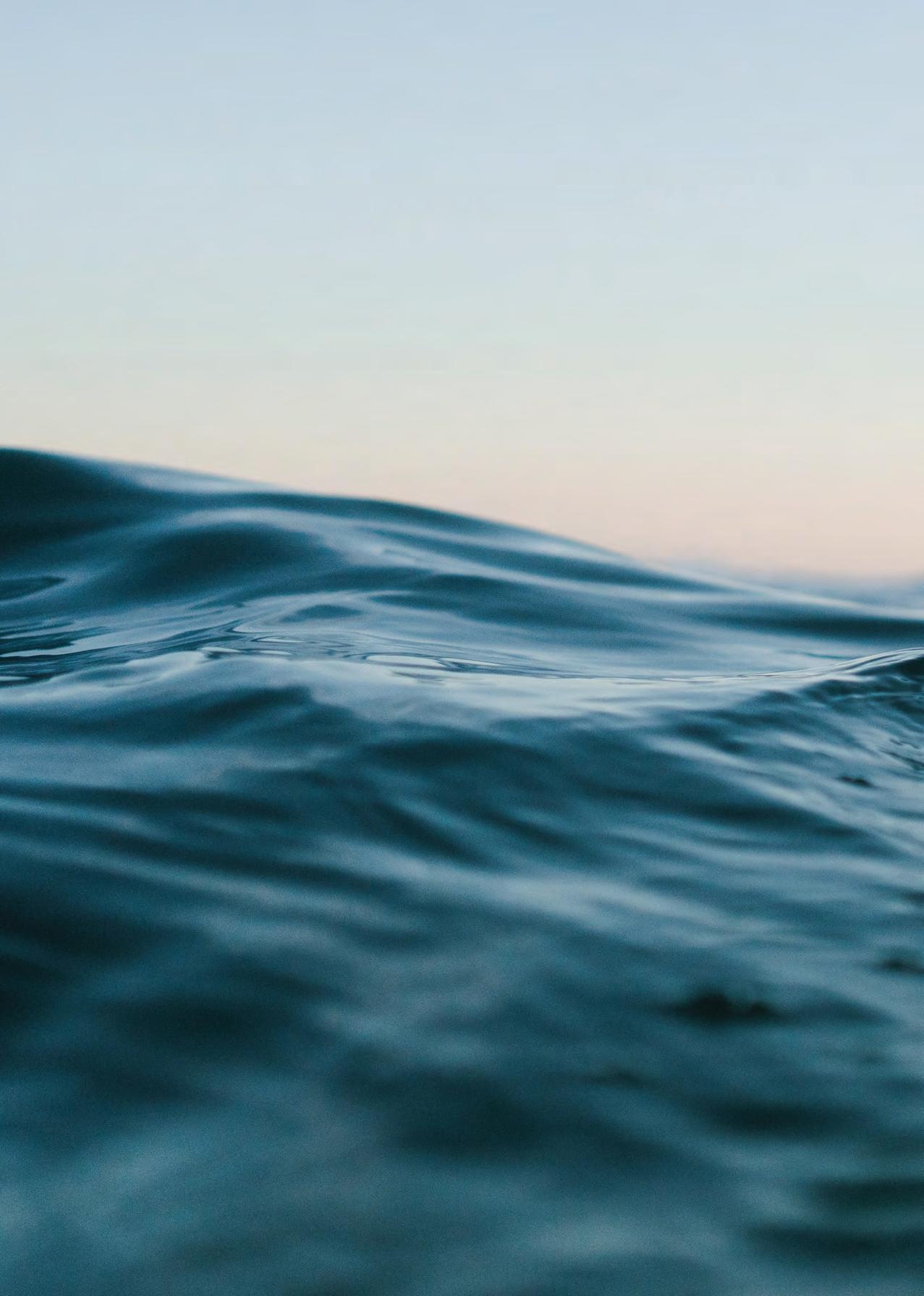
The Dodo became extinct in 1693 due to the rats and other animals that arrived in the ships of settlers.
Extinctions caused by introduced predators
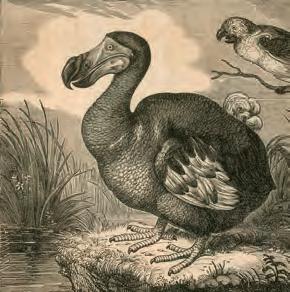
whenever non-native
THE SEABIRD RESERVE: A SAFE FUTURE FOR JERSEY’S WILDLIFE 3 67% 43%
Before climate change, oil spills, and overfishing, humans were already causing the decline and extinction of seabirds all over the world.
All animal extinctions Bird extinctions
Rats


Will go down the burrows and eat the eggs and chicks. They can also attack adults.

Hedgehogs
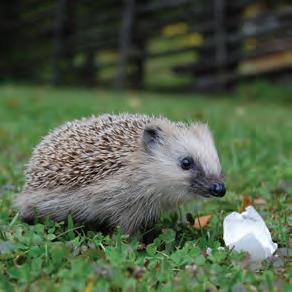
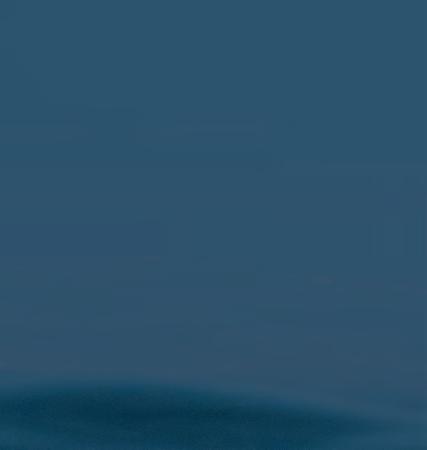
Can eat the eggs of ground-nesting birds.


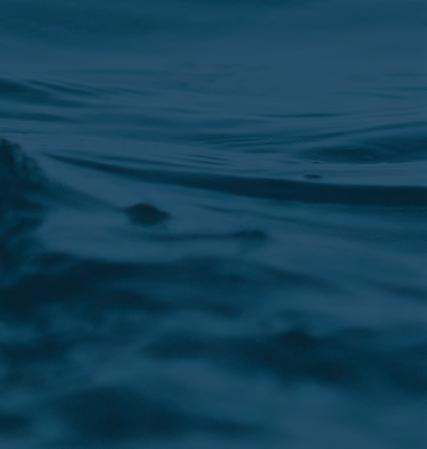
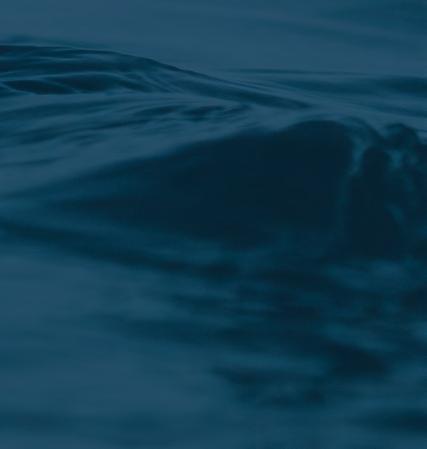



Ferrets

Will go down the burrows and eat the eggs and chicks. They can also kill adult puffins.


Cats

Can kill adult puffins if encountered.

THE SEABIRD RESERVE: A SAFE FUTURE FOR JERSEY’S WILDLIFE4
Our research has found non-native predators living on the slopes where puffins used to breed and only metres away from the remaining nests
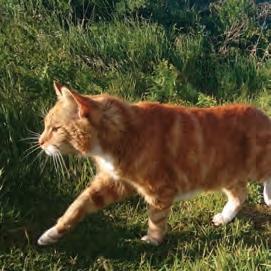




We believe that these predators might be eating the eggs and chicks of our puffins.

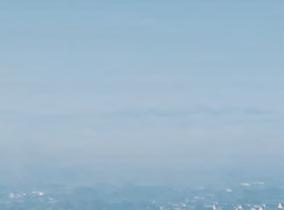


Surveys carried out between 2018 and 2021 detected several introduced predators in Jersey: rats, feral ferrets, cats and hedgehogs. Using camera traps, tracking tunnels, humane traps, radiocollars and ear-tags, we have been able to determine their numbers and distribution around the areas where the puffins live.
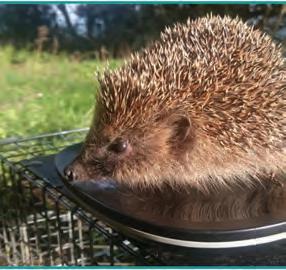

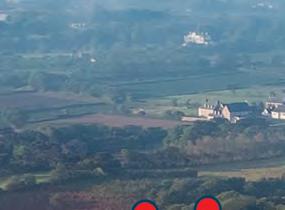










THE SEABIRD RESERVE: A SAFE FUTURE FOR JERSEY’S WILDLIFE 5
The presence of introduced predators could explain the decline of the puffins and other species since records began in early 1900s. Even though the four remaining pairs appear to return every year to their burrows, and in most cases successfully rear their chick, there is a risk that the chicks are being eaten by

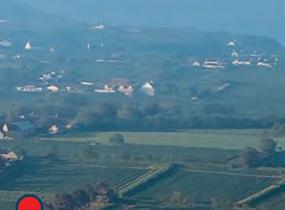
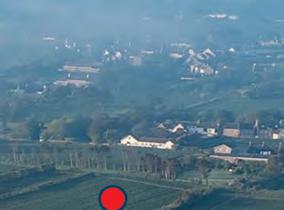

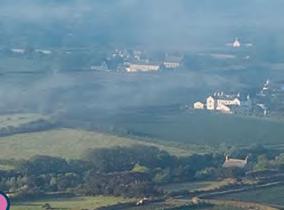
invasive predators, as an independent expert recently determined that all nest sites are fully accessible to rats and ferrets. Puffins only lay one egg every year, but if their egg or their chick is being eaten each year, they will not have a chance to increase in numbers.
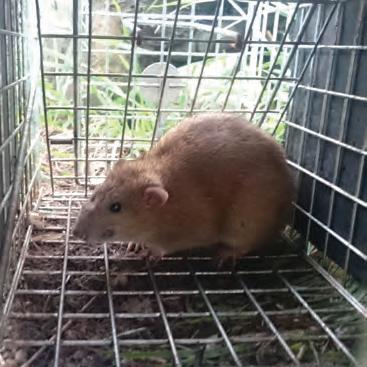
PUFFIN NESTS
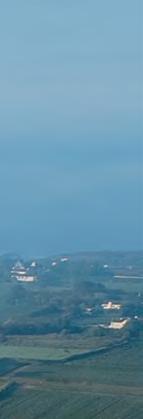
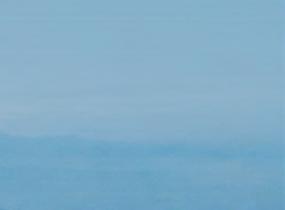
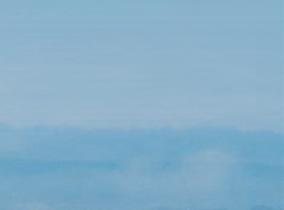
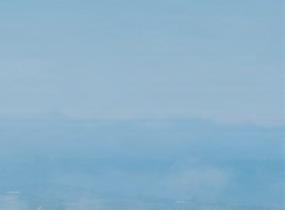


RATS





FERRETS
CATS



HEDGEHOGS

Without any offspring surviving the predators, our eight puffins will eventually die of old age or succumb to the predators themselves.
THE SEABIRD RESERVE: A SAFE FUTURE FOR JERSEY’S WILDLIFE6
Predator fences protect threatened habitats and species by creating a physical reserve, where predators can be removed from, and by stopping them from re-entering the area.

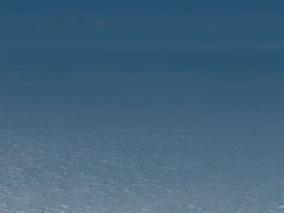
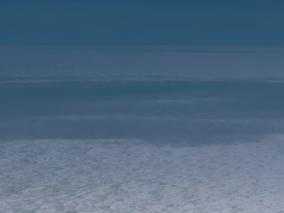
This conservation tool has been pioneered and perfected in island countries with highly sensitive coastal landscapes and endangered wildlife, such as New Zealand, Australia and the Hawaiian Islands. This conservation trend is expanding rapidly across the world, with the first predator fence in Europe built in 2013 in the Portuguese island of Corvo (Azores).





Most predator fences are approximately 2 metres tall, to stop rats from jumping over it, feature a curved top hood to repel any climbing animals, and have a tight-woven mesh, with an underground skirt, to prevent burrowing incursions.


Over 50 fences have already been installed around the world, successfully protecting more than 10,000ha of natural parks and reserves. Habitats protected by fences have seen dramatic recoveries of habitats, increases in endangered species, and even colonisation from new species that had become locally extinct, or who had never been recorded at the site.
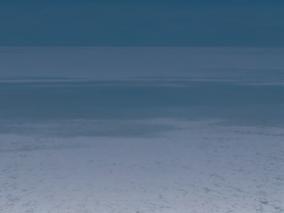



The only sustainable way to protect our puffins is with a physical barrier
SEABIRD RESERVE: A SAFE FUTURE FOR JERSEY’S WILDLIFE 7
So-called ‘predator-exclusion fencing’ is the most modern, effective and sustainable way to protect endangered species and their habitats, creating safe spaces for all wildlife.
THE
BY 2009 THERE WERE ALREADY 24 PREDATOR-EXCLUSION FENCES IN NEW ZEALAND
Followed by a removal of all non-native predators within the reserve


Removing the cause of the declines has the immediate effect of allowing the wildlife to recover
With invasive predators being the biggest threat to seabirds worldwide, conservations efforts that have eradicated these threats have produced positive results.

Conservationists in New Zealand, Australia, America, and the Pacific Islands have a great tradition of mammal eradications and have established a vast pool of techniques and expertise. Closer to Jersey, over a dozen eradications have been successful in British Islands such as Ramsey, Lundy, the Shiants in Scotland, and StAgnes and Gugh of the Isles of Scilly.
A review published in Nature magazine (August 2022) found that there had been 1,081 successful eradications of non-native species in islands between 1872 and 2019; and that 97% of them targeted invasive mammals, with 53% targeted rats exclusively. The eradications were followed in most cases with not only dramatic increases in wildlife but also natural recoveries of native plants, habitats, and entire landscapes.
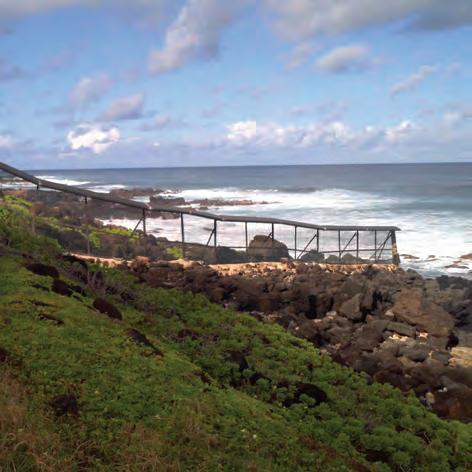


Removing the non-native predators that are causing the decline of our puffins, and excluding them from the cliffs, will prevent the extinction of the puffins and allow them to recover safely, alongside other endangered native birds, mammals and reptiles.

8
THE SEABIRD RESERVE: A SAFE FUTURE FOR JERSEY’S WILDLIFE
Case study:
Lundy Island, UK

The Conservation Story

Lundy has been a conservation pioneer in the UK. From the moment that it was gifted to the National Trust of England major projects of habitat restoration and species conservation have been undertaken or are ongoing in the Island. Most seabird species had been declining sharply in the past few decades, including the puffins that give Lundy its name (‘lund’ is ‘puffin’ in old Norse). A rat-eradication project was undertaken in 2004, and by 2006 Lundy was declared rat-free. In 2010 the sea around Lundy was designated the UK’s first Marine Conservation Zone, overlapping with a Special Area of Conservation which protects the islands’ reefs, caves and sandbanks. Lundy has also been declared a No Take Zone, protecting it from fishing, dredging and dumping.
Wildlife Benefits
The eradication of rats and other habitat restoration works have allowed native wildlife to thrive, including 330 species of plants, 35 species of birds, and a colony of 200 grey seals. The most striking effect of the rat eradication has been on seabirds. In 2022 Lundy’s beloved puffins, who were on the brink of extinction with less than 10 birds left, have increased to a healthy population of 848 birds, with Manx shearwaters going from 297 pairs to 6,225 pairs. Overall, seabird numbers have so far tripled, with over 21,000 birds breeding in Lundy nowadays.



THE SEABIRD RESERVE:
FOR
9
A SAFE FUTURE
JERSEY’S WILDLIFE
Community Benefits



With the largest island seabird colony in southern England restored, and a plateau of grassland and heathland that attracts thousands of migrant land birds, over 140 bird species can be seen in Lundy in a year.


Over 20,000 tourists visit Lundy each year to watch birds, hike, swim, kayak or climb. Visitors are shown the native plants and animals on warden-led walks, rockpool rambles and school activities, and are also invited to the regular beach clean-ups. The tourism industry that has developed around Lundy supports 28 permanent jobs in the Island and a dozen more off island, and creates a wide variety of training, apprenticeships and research opportunities for people from all over the world.
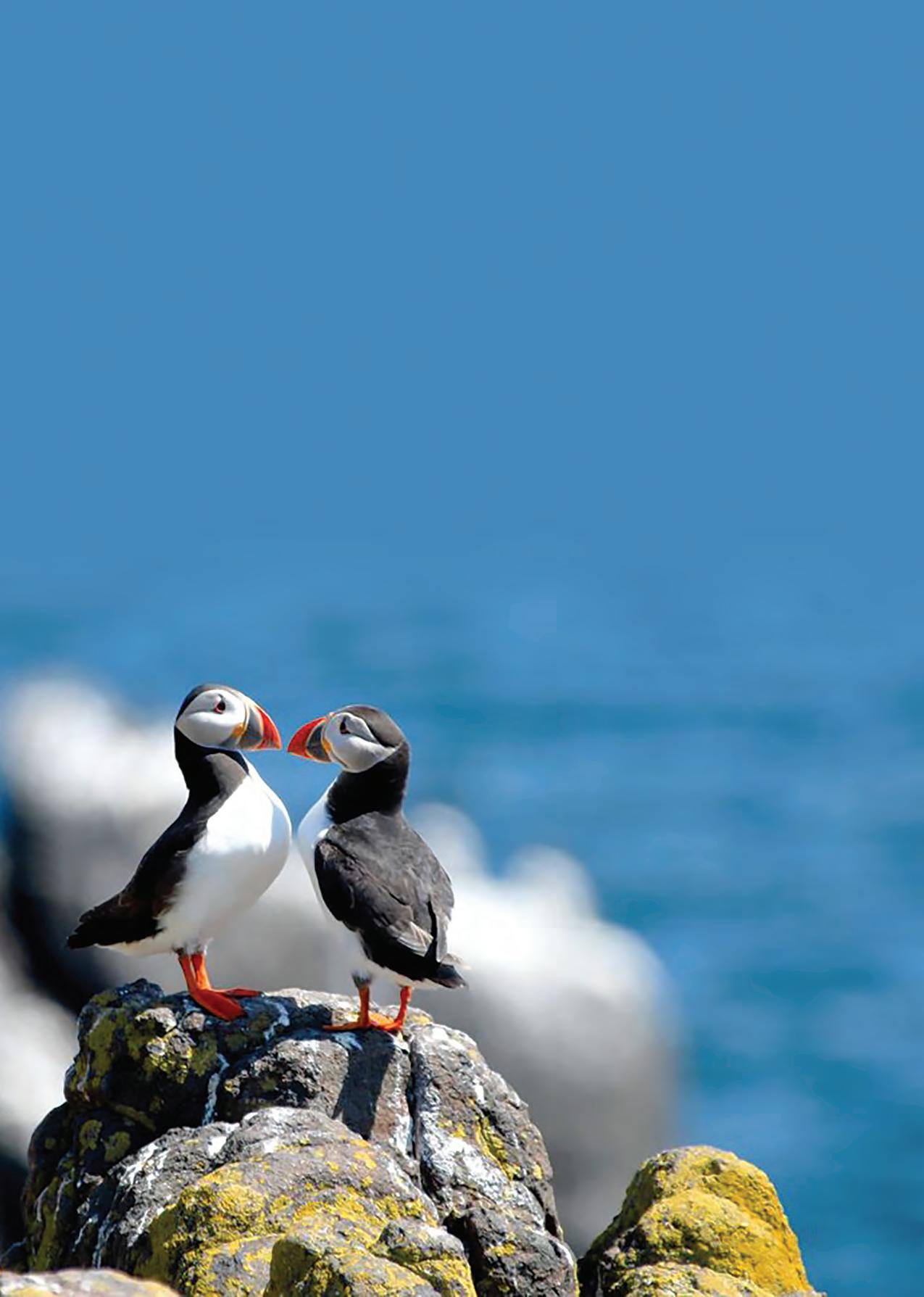
THE SEABIRD RESERVE: A SAFE FUTURE FOR JERSEY’S WILDLIFE10 848 puffins Same number of puffins as Jersey in 2022 2021 2000 1981 13 puffins Rats removed 129 puffins
The sound of the shearwaters calling as they fly in at 1 or 2am. is magical.
Case study: Tawharanui Open Sanctuary, New Zealand



Conservation Story
Established in 2000 by the Auckland Regional Council, this 558-ha park became New Zealand’s first open sanctuary, combining family recreation, conservation and farming. It is a coastal landscape where wetlands and forests are regenerating, treasured species like kiwi, brown teal, bellbird, whitehead and robin thrive, sheep and cattle graze and visitors are welcome to enjoy the outdoors.

The sanctuary became pest-free following the completion of a 2.5km fence and an extensive pest eradication program in 2004. Feral cats, possums, rats, weasels, stoats and ferrets were removed from the park, and ongoing measures are aimed at the eradication of mice, rabbits and hedgehogs, whilst dogs are not allowed in the park.
Other conservation projects involve works such as forest and wetland restoration, revegetation programs, re-introduction of threatened species, monitoring animals, and ongoing control of invasive plants and pests.

THE SEABIRD RESERVE: A SAFE FUTURE FOR JERSEY’S WILDLIFE 11
Wildlife benefits
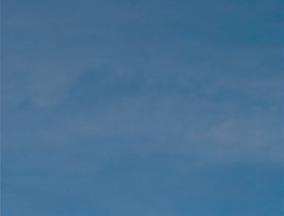

Since the fence was installed, fourteen species of birds have returned to breed or been reintroduced to the sanctuary, including kiwi, swamp hen, brown teal, kākāriki parakeets, robins, kākā parrots, whiteheads, saddlebacks and red-crowned parakeets. Just one year after the fence was installed, bellbirds recolonised Tāwharanui in such great numbers that have begun spreading beyond the sanctuary.
Seabirds have begun returning too, with a growing population of grey-faced petrels, first recorded breeding in 2009, and diving petrels in 2012. Other species, such as fluttering shearwaters and Cook’s petrels, have started prospecting the area for breeding.

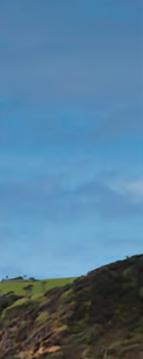














Aside from birds, endangered reptiles have also benefited from the protection of the fence. Three species of geckos: green, forest and Duvaucel’s geckos, have safely returned to the park with the help of translocation projects.
Community benefits






The sanctuary welcomes over 160,00 visitors per year, who visit the beaches, coastal cliffs, wetlands, heritage sites, marine reserve and extensive areas of rich pasture. It is a popular spot for birdwatching, hiking, swimming, surfing, kayaking and visiting farm animals.

A community-based organisation was formed in 2002 to work in partnership with local authorities to deliver programs for education, volunteers and advocacy. Their work includes managing a nursery for revegetation projects, reintroduction of species and art exhibitions amongst others.
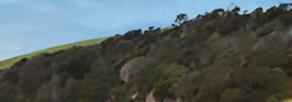
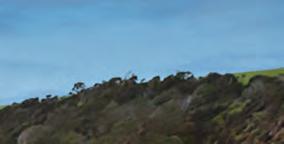
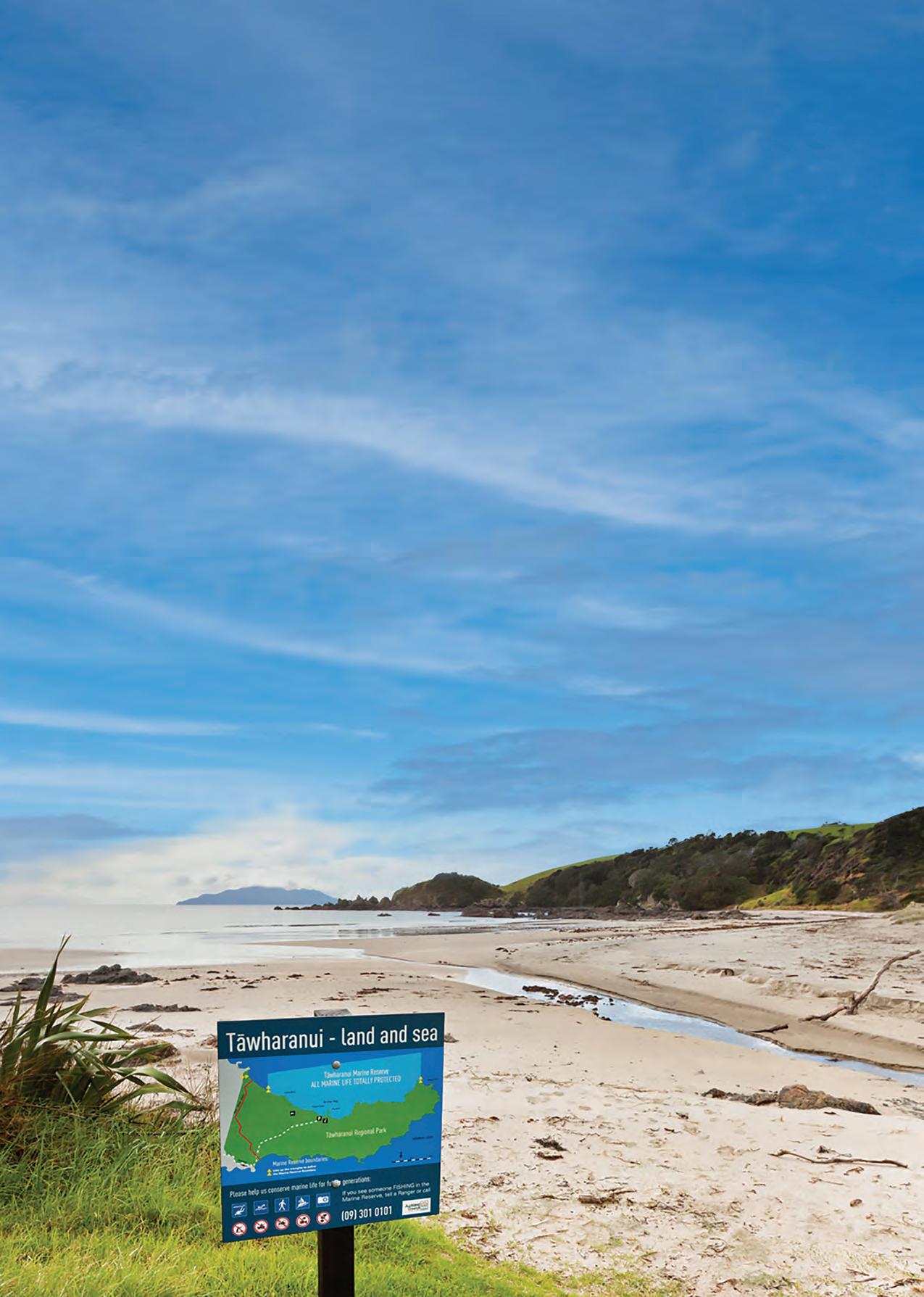
THE SEABIRD RESERVE: A SAFE FUTURE FOR JERSEY’S WILDLIFE12
Visitors come and experience how noisy it is with the birds; then when they notice how quiet it is elsewhere - they may wonder how and why.
Case study: Ka’ena Point Natural Area Reserve, Hawaii


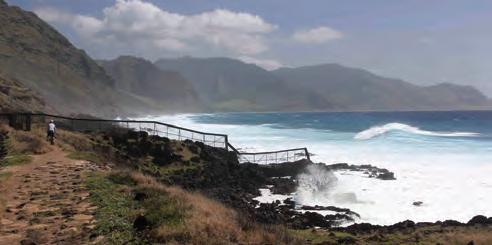

Conservation Story
The Ka’ena Point Natural Area Reserve on the Hawaiian island of Oahu comprises a dramatic volcanic coastline that supports breeding colonies of endangered birds, such as Laysan albatrosses and wedge-tailed shearwaters. Nesting seabirds and native plants had been recently under threat from cats, dogs, mongoose and rodents - with up to 15% of seabird chicks killed each year, and many endangered plants unable to reproduce as their seeds were eaten by pests.
A 630-m predator-proof fence with gates for pedestrians was installed in 2011 to protect the 20ha end of the reserve, and has so far proven successful in keeping the non-native predators at bay when combined with ongoing biosecurity measures.

THE SEABIRD RESERVE: A SAFE FUTURE FOR JERSEY’S WILDLIFE 13
Wildlife Benefits
This fence has allowed improved breeding success and increased breeding populations of seabirds, with Laysan albatrosses increasing from no pairs in 1989 to 84 pairs in 2020, and wedge-tailed shearwater chicks increasing from none in 1994 to over 6,414 in 2021. In 2022 a new species, the black-footed albatross, was found to breed in the reserve for the first time.

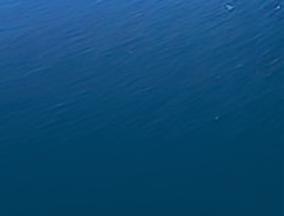
Community Benefits
























Ka’ena point is a popular hike for tourists and residents of Oahu that visit it for its dramatic landscapes, secluded pools, native flora and seabird breeding colonies. The local group ‘Friends of Ka’ena’ was formed to enhance, maintain and protect the natural and cultural resources of the park through active community stewardship, education, and partnerships. The group organises monthly hikes, beach clean ups, wildlife surveys, volunteer habitat restoration works, raises funds for education and liaises with neighbourhood boards and community associations.
In 2018 alone, volunteers contributed 1,749 hours to visitor education, marine debris removal, and ecosystem restoration at Ka‘ena.

THE SEABIRD RESERVE: A SAFE FUTURE FOR JERSEY’S WILDLIFE14
Well worth the walk! It’s an amazing bird sanctuary. We saw a ton of albatrosses of all ages including tiny chicks. The adults and adolescents were flying around and doing courtship dances. It was mesmerizing. If you like birds, wildlife and nature this walk is for you!
3 steps

Install a predatorexclusion fence around the breeding areas 1 2 3



How to save our puffins in Restore habitats and implement a biosecurity strategy
Remove all introduced predators from inside the fenced area

THE SEABIRD RESERVE: A SAFE FUTURE FOR JERSEY’S WILDLIFE 15
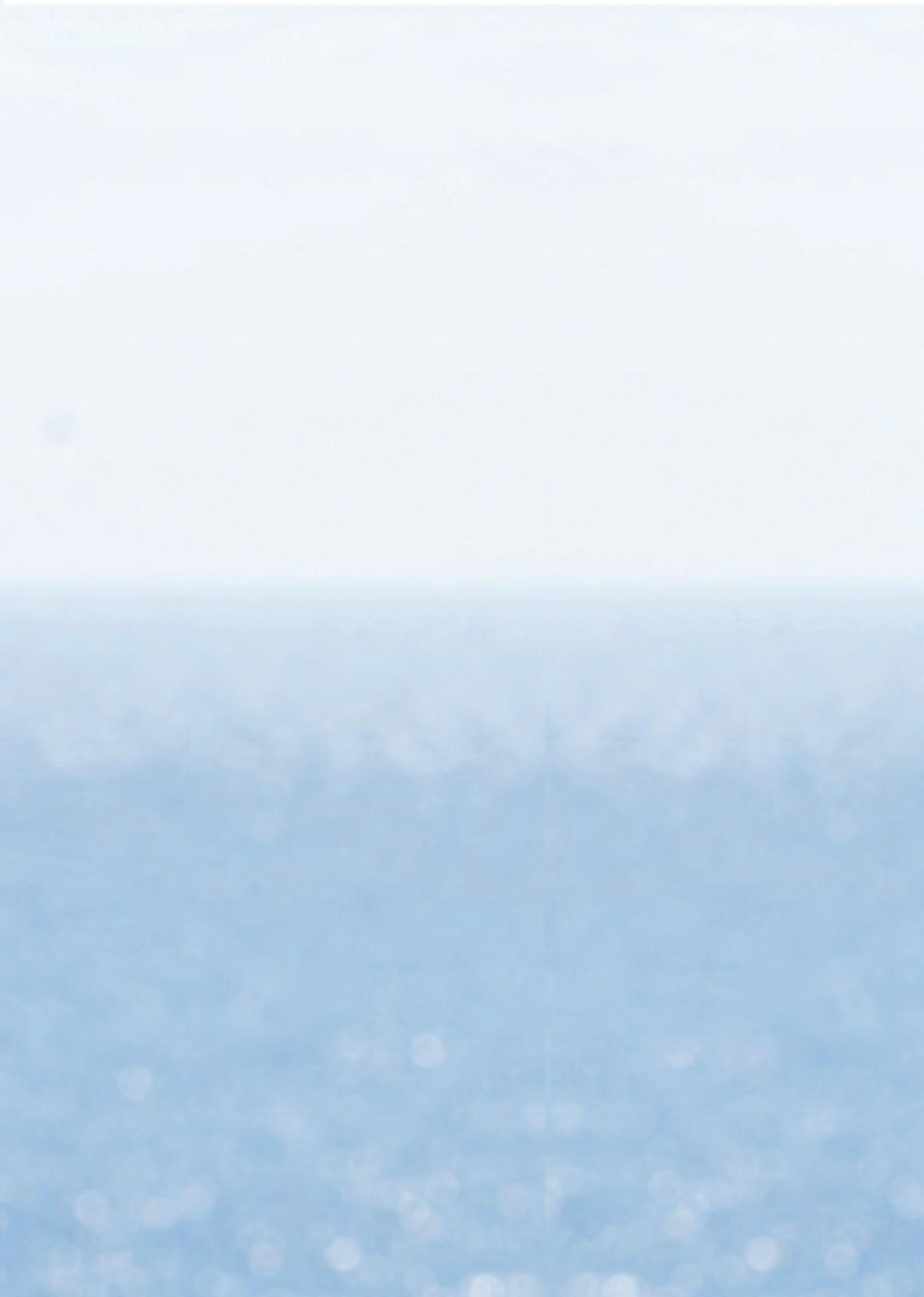

THE SEABIRD RESERVE: A SAFE FUTURE FOR JERSEY’S WILDLIFE16
The





umbrella effect Protecting the puffins will protect all the species that share their home
GreenLizard

The puffin is known in conservation terms as an ‘umbrella species’, a species whose conservation confers protection to all the members of its natural community.
Jersey’s puffins share their coastal habitats with many other local wildlife, native species which are also threatened by invasive predators and which are declining alongside the puffins.


So by protecting the puffins cliffs with the fence, we will not only protect all native the other birds, reptiles and mammals, but it is hoped that their populations will begin to recover and maybe even attract species which are no longer found in Jersey, such as guillemots, storm petrels or manx shearwaters.


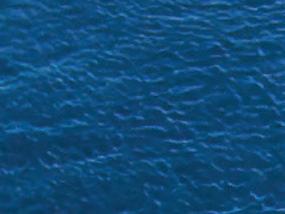

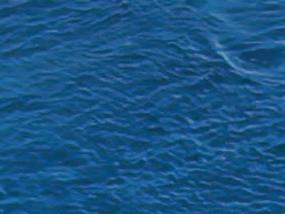


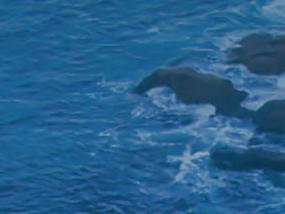




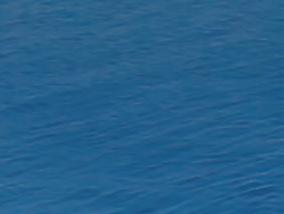
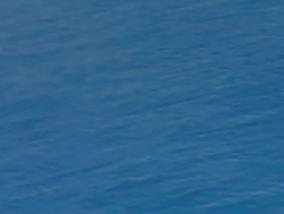
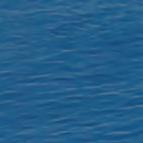



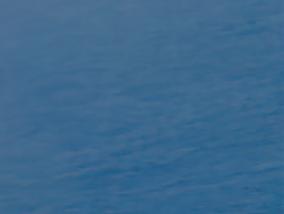
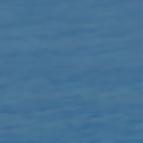



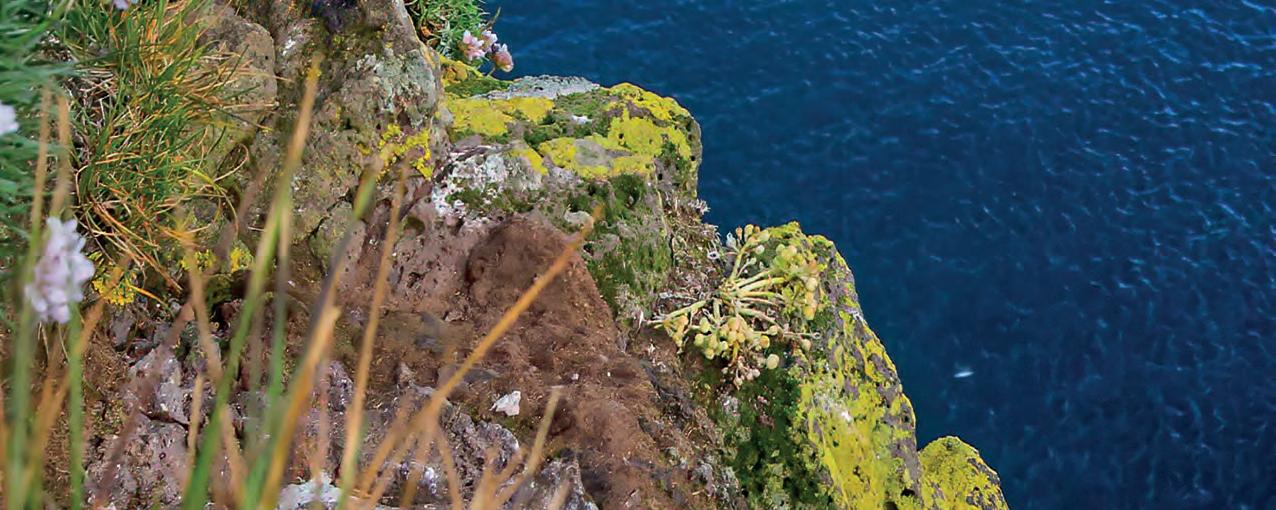
Thanks to the puffins, this reserve will become a safe haven for all coastal animals that share their home with them.
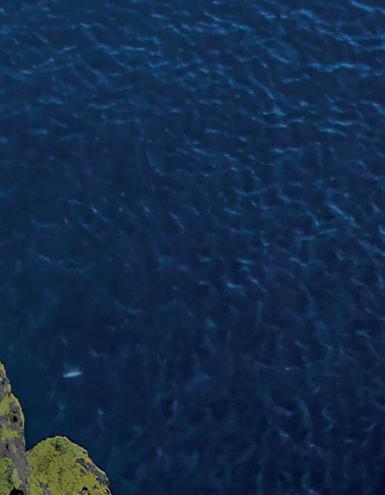
Common Whitethroa


THE SEABIRD RESERVE: A SAFE FUTURE FOR JERSEY’S WILDLIFE 17
t

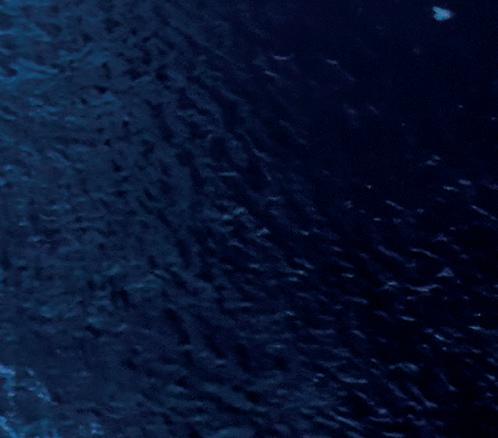
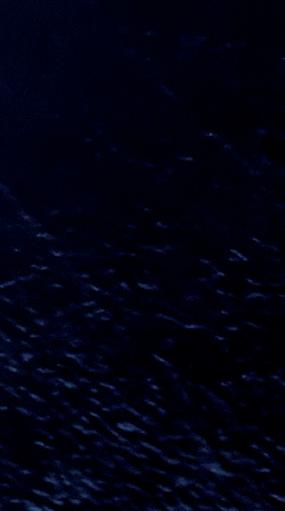
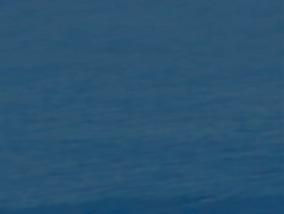

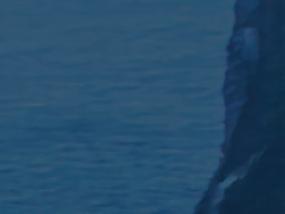





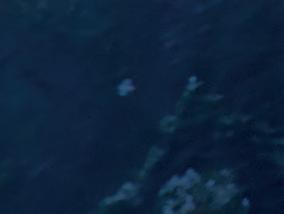


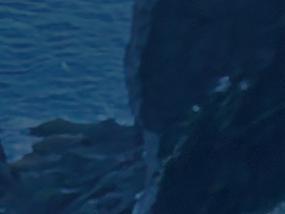


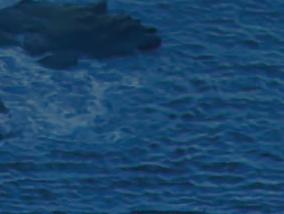
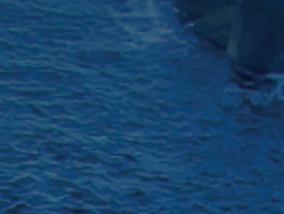

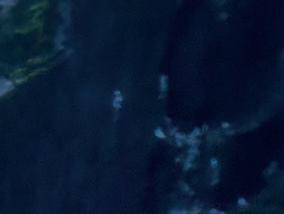



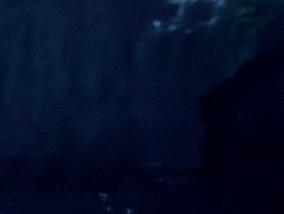












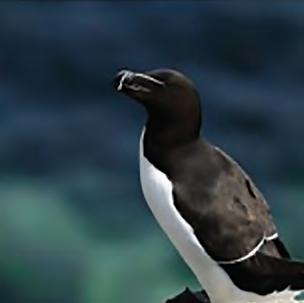

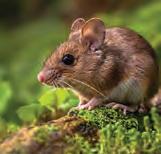
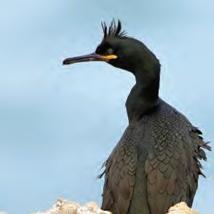





Dunnock Wren Linnet Stonechat Goldfinch Jersey BankVole Shrew Razorbill Dartford War b rel FieldMous e EuropeanSh a g Meadow Pipi t Oystercatch er RockPipit Fulmar THE SEABIRD RESERVE: A SAFE FUTURE FOR JERSEY’S WILDLIFE18 Slow Wor m
Community support
Here are some comments extracted from the public survey and social media
“Save the puffins, build the fence. It will be a fence the Island should be proud of building.“

“Totally in agreement”
“Very good idea – there is evidence from other islands.”



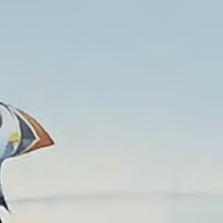
“An excellent idea for some areas. In New Zealand fenced off areas have proved successful for the safety and breeding of kiwis.”
“Although I have concerns over how the fence will affect the look of our coastline, I would like the project to go ahead if it means saving various species of sea birds.”

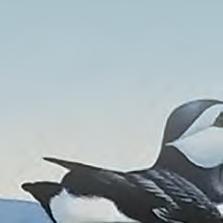
“Good idea. Some kind of physical barrier is needed to protect the puffins and other little local animals... especially if the bracken can also be eradicated in these areas so they become more like wild grassland.“

THE SEABIRD RESERVE: A SAFE FUTURE FOR JERSEY’S WILDLIFE 19
“Too many humans, not enough puffins. Build it tall, wide and strong.”
“Wonderful idea.”
Expert & technical support
“The importance of this site for seabirds is obvious, and conversations with visitors while at the site and around the island showed a hight level of interest about a predator fence and how it should help protect and enhance puffins and other species. You guys have only got eight puffins left – now is the time to work towards saving them! This is going to be a great site and a fantastic project, let’s work together to save the puffins and the other wildlife”
Biz Bell, Director, Wildlife Management International Ltd, New Zealand
Stakeholder support
“This timely and well-meaning initiative would result in the creation of a purposeful ‘coastal wildlife reserve’.



That a timely opportunity has been proposed to increase the protection for this small colony of puffins and other species of wildlife, is a most visionary initiative for which the Jersey National Part offers full and wholehearted support.”
MICHAEL J STENTIFORD MBE, DIRECTOR, JERSEY NATIONAL PARK
“I am writing to give the full support of the Société Jersiaise Executive to the proposed predator-exclusion fence plans…and are keen to put the weight of the Société Jersiaise behind them.”
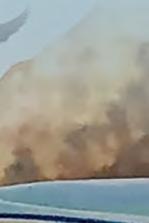
“Destinations such as Skomer Island in Wales and the Outer Hebrides have used local wildlife, including Puffins, to encourage visitors in a responsible way. Additionally, evidence in other destinations where reintroduction tourism has taken place, shows that there is a potential for economic benefit for local business e.g. merchandise, marketing, guiding.


Wildlife tourism is a popular pastime in Jersey’s main source visitor market and has also been identified as a key driver in destination choice by the segments identified as the most likely to visit Jersey. Therefore, an increase in puffin numbers and consequently opportunities for wildlife tourism would be welcomed.”

 AMANDA BURNS, CEO VISIT JERSEY
AMANDA BURNS, CEO VISIT JERSEY
THE SEABIRD RESERVE: A SAFE FUTURE FOR JERSEY’S WILDLIFE20
NICOLETTE LE QUESNE WESTWOOD, PRESIDENT, SOCIÉTÉ JERSIAISE
looking to the Future
Selection of poems from the children’s poetry competition


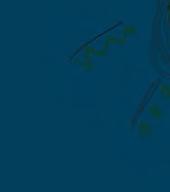






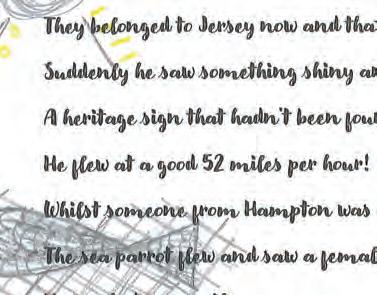



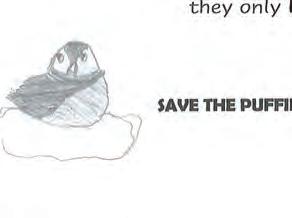



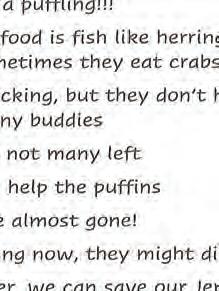



THE SEABIRD RESERVE: A SAFE FUTURE FOR JERSEY’S WILDLIFE 21



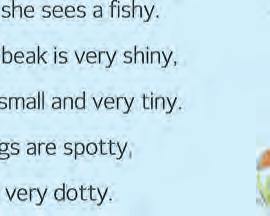

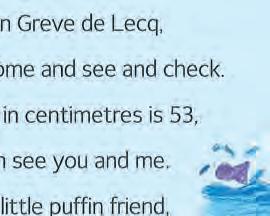

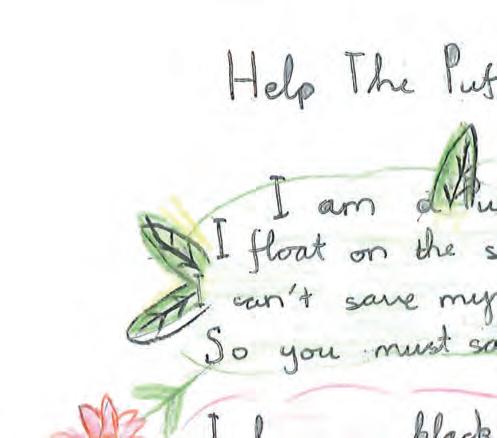
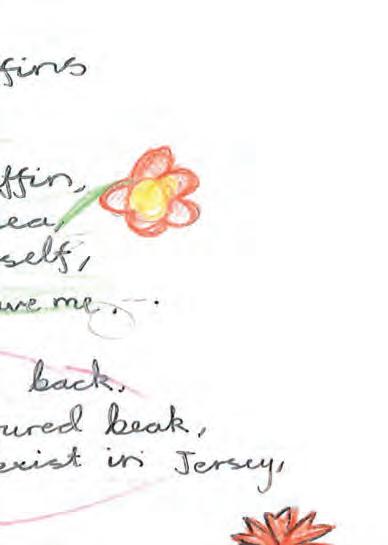


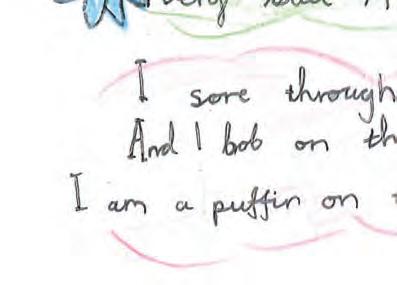








THE SEABIRD RESERVE: A SAFE FUTURE FOR JERSEY’S WILDLIFE22
Challenges Ahead 1
Planning application
In the midst of a world biodiversity crisis, the goals and the delivery of the proposal for a Seabird Reserve supports various policies and proposals detailed in the 2022 Bridging Island Plan. According to the Plan, “Jersey has a responsibility to protect and promote its unique biological heritage” for which policy NE1 states that “Development must protect or improve biodiversity”. The Seabird Reserve will do both, with the fence protecting the existing biodiversity from further declines, and the habitat restoration will allow locally extinct species to return and re-establish within the safety of the reserve, thus resulting in an increased of biodiversity. This effect will contribute to the Minister of the Environment’s obligations defined in Proposal 12 labelled “Biodiversity Net Gain”, as well as Strategic Policy SP5: “Protecting and improving the natural environment”.
Other policies supported by this project are Policy C19: “Countryside access awareness”, Policy ERE2 for the diversification of the rural economy and the Strategic Policy SP6 to promote a sustainable island economy.
The proposed reserve sits within two designated areas: a Marine Protected Area (MPA) and an Environmentally Sensitive Area (ESA), and is adjacent to a Site of Special Interest (SSI). Additionally, there are plans to designate the reserve itself and its adjacent waters between Plémont and Grève de Lecq as an Area of Special Protection (ASP), in the broader context of the Island Plan Strategic Proposal SP3: Creating a marine spatial plan for Jersey, which includes the task to develop a network of marine protected areas.
The proposal is also compliant with the new Wildlife (Jersey) Law 2021, which grants full protection to the puffins whilst providing legal guidance to undertake control of nonnative species.
Current International Obligations
Jersey is signatory of various conventions that obliges our government to protect native wildlife and their habitats, such as the Convention on Biological Diversity (CBD 2022), the Bern Convention for the Conservation of European Wildlife and Natural Habitats (1979), and the Convention on the Conservation of Migratory Species of Wild Animals (1979).
The Jersey Biodiversity Strategy
This project would fulfil a few of the main targets of the 2008 Puffin Action Plan within the framework of Jerseys Biodiversity Strategy, which was created to “conserve and enhance biological diversity in Jersey”.
In 2008 the Puffin Action Plan recognised that “The Puffin’s reliance on inaccessible cliff crevices and an apparent unwillingness or inability to use the grassy cliff tops is assumed to be driven by predator pressure. Brown rat and domestic cat are undoubtedly present on the cliffs as is domestic ferret…It is most likely that high densities of mammalian predators have restricted the Puffin to inaccessible reaches of the cliffs and have prevented recolonisation of more suitable grassy areas.”
The Plan proposes the following actions:
• To investigate the establishment of protected areas of clifftops to include all current and recent Puffin nest sites.
• To investigate the possibility of fencing areas of clifftops to prevent disturbance.
• To investigate control of invasive mammals within protected (and fenced) Puffin sites through programmes of eradication.
The reserve will also protect 12 other species of birds, mammals, reptiles, amphibians and invertebrates with current Biodiversity Action plans, as well as 27 birds on the Red or Amber List of conservation concern.
THE SEABIRD RESERVE: A SAFE FUTURE FOR JERSEY’S WILDLIFE 23
Fundraising
Funding for the seabird reserve will be sourced from direct donations, pledges and grants. Several early donations and pledges have brought down the initial target of one million pounds to a present target of just under 400,000 GBP (September 2022).

3
Construction
Installing the fence on the slopes by the cliffs will not be easy, in particular on both ends where the fence meets the sea. Thankfully, there is a vast pool of skills in the engineering and construction sectors in Jersey, which over the past decades have built the right capacity and experience to tackle coastal works such as this one.
Predator removal and biosecurity
Once the fence is installed, the next step will be to make sure that there are no invasive predators left inside the reserve. This will be undertaken with a variety of survey techniques that will cover all four species, including camera traps and detection dogs. Once we are sure that the reserve is predator-free, a robust biosecurity protocol will ensure the early detection and capture of any potential re-invaders.
2 4 5
Habitat restoration
Due to the changes in agricultural practices in the past few decades, semi-natural open grassland and coastal heathland habitats have been invaded by bracken, which now blankets most of the north of Jersey and has caused a widespread decline in biodiversity. Many native birds and mammals that find it difficult to nest and forage in the bracken will benefit from the restoration of these grasslands and heathlands.
Both the fence installation and the habitat restoration works will change the landscape of this mile of coastline. Whilst the National Trust acknowledges the visual impact that the fence
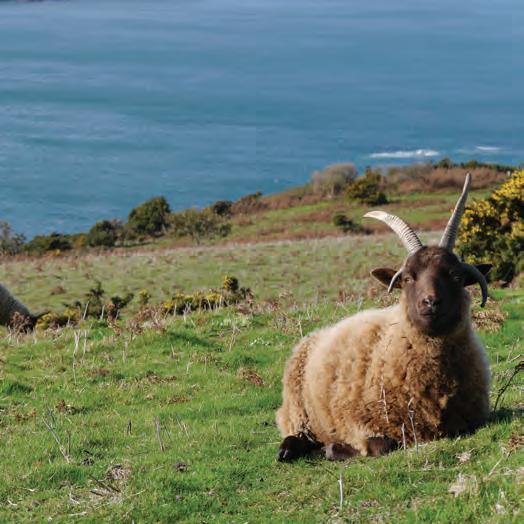
will have on the views of the bracken below the footpath, it also recognises that this particular landscape is relatively new to the Island, since bracken itself only started encroaching on the cliffs less than a century ago, whilst seabirds and other native wildlife have been around for thousands if not millions of years.
The management of bracken will be done manually where the slopes are accessible, and where not it will be tackled with the help of a grazing flock. Manx Loaghtan sheep will trample bracken shoots, while their grazing action will encourage a variety of native plant communities. Even the patches of bare ground, with their dung, will provide food for beetles and other invertebrates.
THE SEABIRD RESERVE: A SAFE FUTURE FOR JERSEY’S WILDLIFE24
FAQS
1. Why do we need a predator-exclusion fence?
We need it to protect the puffins and other local wildlife from non-native predators which have been historically introduced by humans, such as rats, ferrets, cats and hedgehogs. All four predators have been found to inhabit or frequently visit the slopes above the seabird breeding cliffs
Once the fence is installed and the non-native predators are removed from inside the reserve, the fence will stop them getting back into the protected area. The fence will not only help the puffins to feel safe so they can come ashore to breed and nest but will also help to encourage other local wildlife in the area.
2. What is a non-native predator?
Non-native, or invasive predators, are those transported by humans, either unintentionally or as pets, onto islands where the native wildlife has no natural defenses against them.
At present 70% or the world’s seabirds are threatened, and introduced predators are their number one threat. Rats and cats alone have together caused the extinction of over 158 species across the world. Feral ferrets can easily kill and eat birds, eggs and chicks, and even the otherwise friendly hedgehogs can trouble groundnesting birds by eating their eggs.
3. Why should we care about our puffins?
Jersey has only 4 breeding pairs of puffins left, but in the early 1900s we had between 200 and 300 pairs of them, breeding between Plémont and Grève de Lecq. Our puffins are heading for extinction, and if we don’t act now, we could lose them forever.
Puffins are true seabirds, only coming ashore in the spring to breed and spending the rest of the year out at sea. They have a long-lived but slow reproductive cycle. They are not fertile until five years of age and then only lay one egg per year. When old enough to breed, puffins return to the sites where they were born – this is why their native grounds, such as Jersey’s coastline, are so important for their life cycle.
We believe that the puffin and the cliffs where they breed have a special place in the heart of Jersey’s natural heritage. Its iconic image permeates across many local art forms, cultural representations and conservation campaigns. If we are to be the guardians of our heritage, then we must step up our efforts to reverse the damage that we have caused to the wildlife that makes our Island so special. And if we can’t even do right by the most colourful, most beloved of our feathered friends, what chances have all the other less charismatic species we share Jersey with?
4. Have other options been considered?
Yes. The feasibility study conducted in 2021 also investigated two other options: 1) to do nothing, and 2) to establish and carry out sustained control of predators.
The feasibility study concluded that the combination of a predator fence, and removal of predators from inside, was the only viable and realistic option to safeguard the puffins and to enable their population to recover.
Doing nothing is the cheapest option and would most likely lead to the extinction of Jersey’s puffins within our lifetimes. A seabird and predator expert who visited the project in June 2022 noted that all four puffin nests are accessible to rats and ferrets. If the predators are eating the eggs or killing the chicks each year, it might explain why the population is not increasing. The ‘do nothing’ option means that extinction of Jersey’s puffin within this generation is the most likely result.
The ‘sustained control’ option involves continuous work to kill the non-native predators found in the nesting areas with kill traps and poisons. This option is the least cost-effective as work is constant and will not eliminate the threats to the puffins completely. It also means that there will be always a threat to the puffins if they increase in numbers. The efficiency of this method will decline over time, as the predators adapt, learning to avoid the traps and becoming resistant to poison. Even though all precautions would be taken, in the long term this option would have negative effects on the native
THE SEABIRD RESERVE: A SAFE FUTURE FOR JERSEY’S WILDLIFE 25
wildlife, with the danger from kill traps, and the release of poison and toxins into the environment.
If control works were stopped the predator populations would recover quickly, potentially targeting newlyestablished puffin pairs and their chicks. All the financial investment and the negative impacts endured by the native wildlife would have been in vain, and in addition, any increases in puffins and other wildlife helped by the control measures would fuel an increase in predators which would be a further backward step.
The approach of removing predators has been successful in over 600 islands, and all have seen fast and positive results for native wildlife. Endangered seabirds have increased dramatically in predator-clear areas, such as in Lundy, off the coast of North Devon. The puffins there increased from 4 to 375 in the 10 years since their rat removal project, and by 2021 they were as many as 848 puffins.
5. What consultation process has been carried out so far?
Preliminary research was undertaken in 2017 by Piers Sangan (Sangan Conservation, Jersey) on the present status of Jersey’s puffins, and by Kirsty Swinnerton (Island Conservation, USA) on status of introduced predators. It was followed-up by three years of wildlife and predator research by the Birds On The Edge project officer, who was also trained in eradication, monitoring and biosecurity techniques in Lundy and the Isles of Scilly.
Since 2018, the project has received guidance from organisations that have pioneered the use of fences for seabird conservation, such as Biz Bell from Wildlife Management International Ltd (New Zealand), Dr Lindsey Young from Pacific Rim Conservation (Hawaii, USA) and Tania Pipa from SPEA (Azores, Portugal).
Within our local community, the project is liaising with partners, landowners and stakeholders such as Durrell, the Natural Environment Department, Economic Development, Tourism, Sport and Culture Department,
the Société Jersiaise, Visit Jersey, the Jersey Coastal National Park, the Jersey Biodiversity Centre, the JSPCA, and the Jersey International Centre of Advanced Studies to name a few.
6. What will happen to non-native predators after the fence is installed?
Any predators found inside the fenced area will be carefully trapped. Feral domestic animals, like ferrets, will be taken to the JSPCA. Hedgehogs will be managed following the advice of the Jersey Hedgehog Preservation Group and are likely to be released in adjacent areas outside the reserve but within their territories. If any rats were found difficult to trap, then a short, targeted and temporary effort would combine bait stations and kill traps, ensuring that all precautions are taken to minimize any negative effects to other animals.
It is believed that the number of non-native predators in the area to be fenced is presently low compared to adjacent farmland, due to the low numbers of seabirds in the cliffs. Most predators near the puffin breeding areas will probably move away during the construction of the fence, with few if any left inside the reserve once the fence is completed.
7. Where will it be built?
The fence will be placed below the public footpath, starting to the west of the Lecq Clay shooting range, and ending to the east of the Plémont headland. The exact route will be determined by the terrain, geology and habitats. Most of the land to be fenced is owned by the public of Jersey and managed by the Natural Environment Department. Other areas are privately owned by individuals who are supportive of this project.
8. What will it look like?
A typical predator-proof fence is made of a strong wire mesh supported by poles at a regular distance. It can be between 1.5-2m tall, with a rolled hood at the top to stop predators climbing over it. The poles will be dug into the ground when possible, and the mesh
THE SEABIRD RESERVE: A SAFE FUTURE FOR JERSEY’S WILDLIFE 26
will be sunk and skirted underground to prevent burrowing animals to enter from underneath. The ground on either side will be landscaped to avoid damage by trees or debris.
9. Will it be visible?
Yes, the fence will be visible from the sea. It will be seen from the bottom of the Plémont headland and from some sections of the coastal cliff path. Most of it will be placed between 15-30 metres below the cliff path, so even when you can see it, it will not obstruct your views of the sea or landscape.
10. Will I still be able to access the cliffs and headlands inside the fenced reserve?
The fence will not cut across public footpaths and will only protect cliffs which are not usually visited by the public, due to their dangerous terrain. The fence will be fitted with special predator-proof gates at certain access points to allow for workers, equipment and sheep to enter the reserve safely.
Public access via these gates will be managed sympathetically to allow traditional use of the land, particularly by groups of users within the community such as shoreline anglers.
11. Will the fence affect other species?
Yes. The fence will not only protect the puffins but all native birds, reptiles and mammals from the non-native predators. It is hoped that these indigenous animals will increase in numbers and even locally extinct species can re-colonise the area, such as Guillemots or Storm petrels. The wildlife and habitats inside the reserve will be monitored to detect changes in the long-term.
12. Will the fence become a permanent fixture?
The fence will be built to last but we will review its effectiveness within the first 10 to 15 years, which is hopefully enough time to detect improvements in puffin numbers and other endangered wildlife. We will continuously evaluate maintenance strategies to improve its cost-effectiveness. Should the fence prove to be ineffective in protecting the puffins, removal will be considered.
13. How much will it cost?
It is estimated that the fence itself will cost between £650,000 – £800,000 to build, with the overall cost for the first five years of the project in the region of the £1,000,000 mark.
14. Who will pay for it?
The Birds On The Edge partnership is looking at various fundraising options. An initial pledge of £100,000 towards the Reserve has been secured so far. The people of Jersey people have been incredibly supportive when it comes to protecting this special bird which lies at the heart of Jersey’s coastal natural heritage. We will therefore be running a fund raising campaign to seek donations towards this project. A donation link can be found at the bottom of this page.
15. Is this too much to spend on such a small colony of only four pairs?
It might seem expensive, but it will save money in the long term, as it is cheaper to protect species and their habitats than it is to try to restore them once they have become extinct in an area.
With our seabird colonies suffering from overfishing, pollution, climate change, and now the new threat of avian flu affecting seabirds across the Atlantic, it is more urgent than ever to do what we can to help our puffins.
We know that protecting their breeding grounds from invasive predators will give them a safe home to recover from all the other threats - and it is the one thing that we as a community can do for them here in Jersey.
Even better, by protecting the puffins’ cliffs and slopes, we will protect all the other wildlife that shares its habitats with the puffins, from razorbills, choughs, swifts, kestrels, stonechats and Dartford warblers, to mammals like Jersey bank voles and reptiles like green lizards and slow worms.
This is why the puffin is known in conservation terms as an ‘umbrella species’, one that shares its protection will all the members of its community, allowing all to thrive. Thanks to the puffins, this reserve will become truly a safe haven for coastal wildlife in Jersey.
THE SEABIRD RESERVE: A SAFE FUTURE FOR JERSEY’S WILDLIFE 27
16. Who will build it, monitor it and maintain it?
The design and operational plan will be produced by the Birds On The Edge Project Officer with the help of a predator-fence specialist. The fence will be built by a local construction company. The Project Officer will monitor the fence and organise any maintenance works when needed.
17. What is the project’s timescale?
Year 1: Installation of the fence, ecological monitoring of puffins and other native wildlife, start of bracken removal.
Years 2 to 4: Removal of introduced predators from the reserve, deployment of biosecurity measures, continuation of wildlife monitoring and bracken removal, trialing of seasonal grazing herd in suitable areas.
Year 5 onwards: Biosecurity measures in operation, ongoing environmental and wildlife monitoring, continuation of bracken removal and seasonal grazing.
18. How will we know if it’s working and how long is it going to take?
The puffins and other wildlife in the area will be monitored continuously. It is hoped that changes and increases in the puffins and other species will be detected within the first 5 to 10 years.
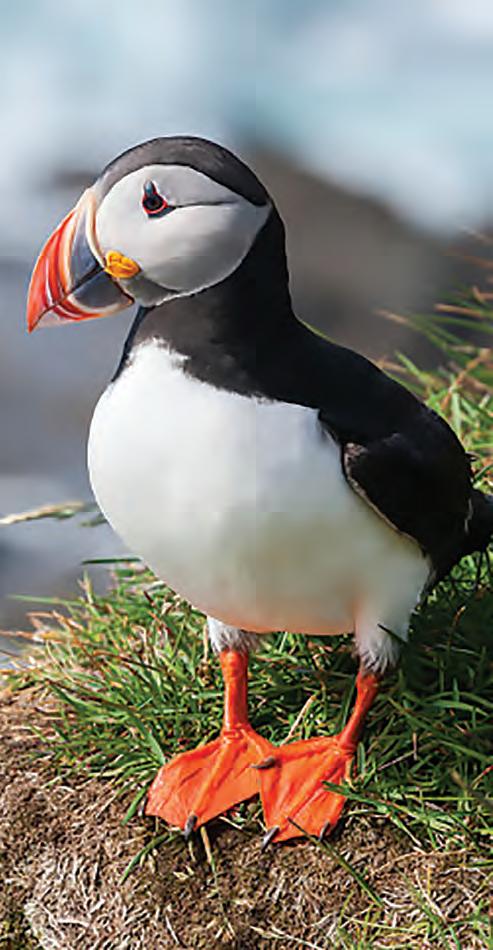
19. How can I help?
In order to succeed, the Seabird Reserve needs your help and support, in whichever way you can share it.
The project will generate a wide range of opportunities for volunteers, apprentices and students. Members of the public with any interest and skills will be able to participate in community-based events such as public talks, guided walks, seabird watches, education activities, ecological monitoring and research, conservation tasks, habitat management and biosecurity operations, to name a few.
As these and other opportunities arise they will be publicised here and via our social media channels or you can be notified by sending us an email to: cris@nationaltrust.je
20. How can I find out more about the Plémont Seabird Reserve project and the predator fence? Regular updates will be published on the website. Alternatively, send us an email with your questions or concerns at cris@nationaltrust.je.
THE SEABIRD RESERVE: A SAFE FUTURE FOR JERSEY’S WILDLIFE 28
A




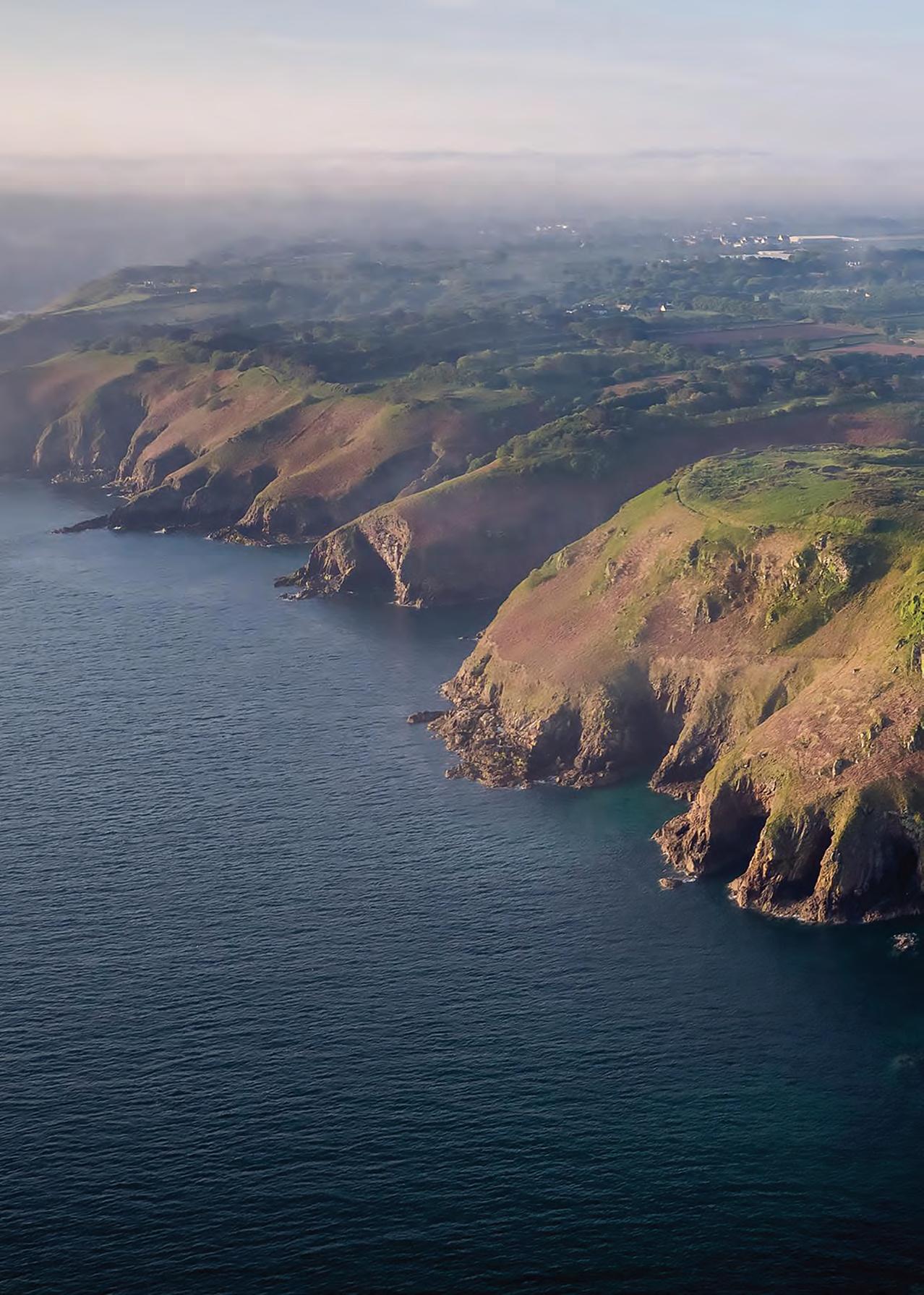
THE SEABIRD RESERVE: A SAFE FUTURE FOR JERSEY’S WILDLIFE 29
Reserve that will protect our wildlife for generations to come
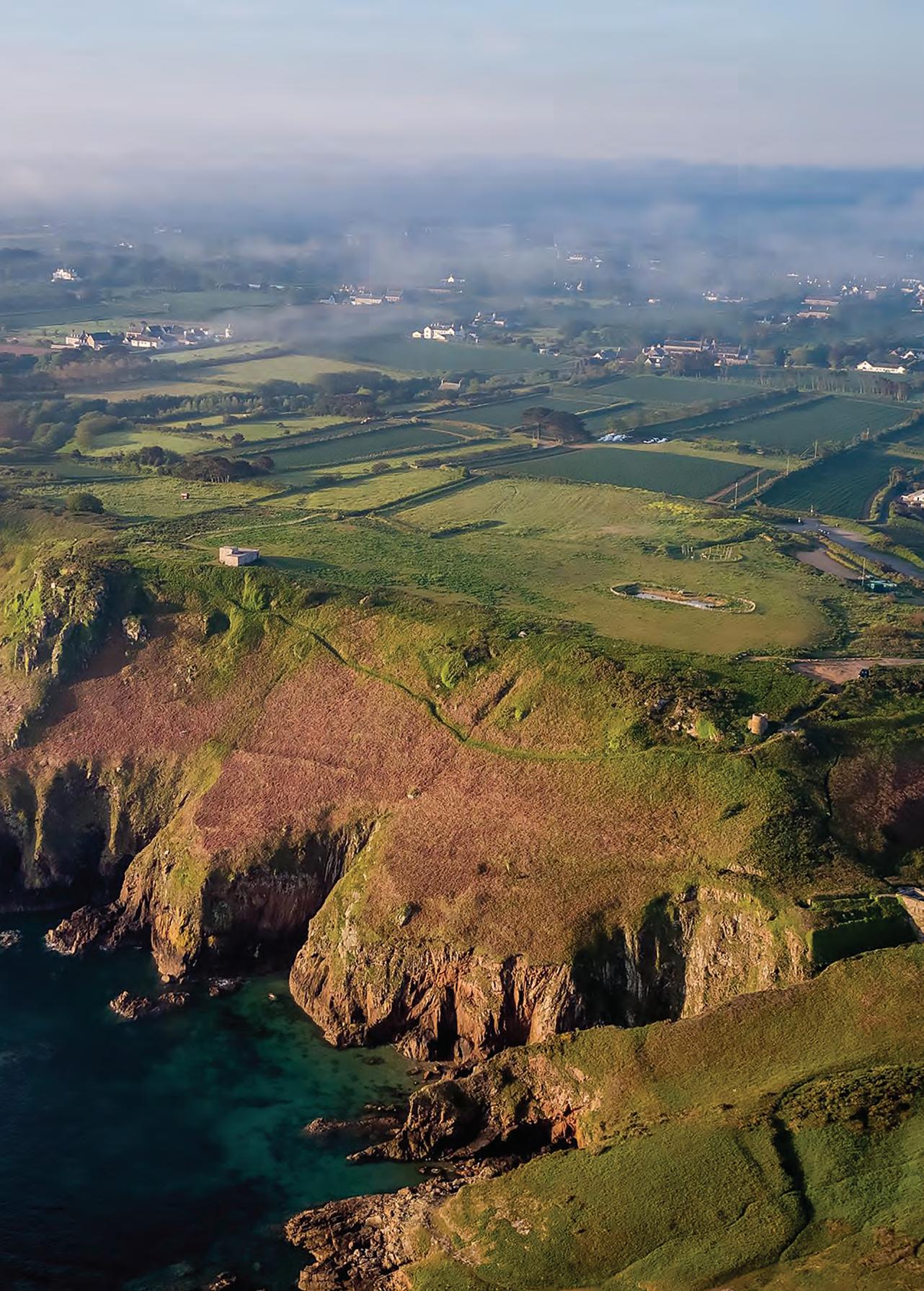
THE
SEABIRD RESERVE: A SAFE FUTURE FOR JERSEY’S WILDLIFE30














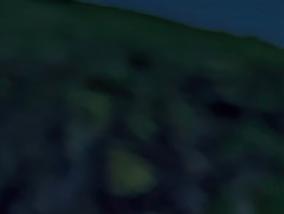




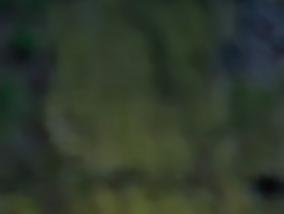
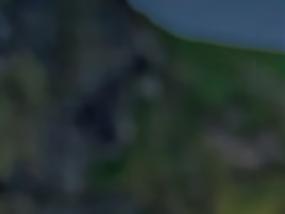



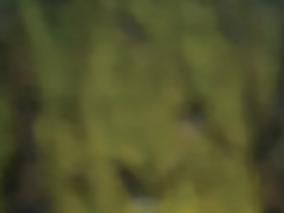



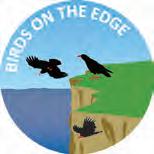
The Elms, La Chève Rue, St Mary, Jersey, JE3 3EN +44(0)1534 483193 enquiries@nationaltrust.je www.nationaltrust.je














































































































































































































































































































































 AMANDA BURNS, CEO VISIT JERSEY
AMANDA BURNS, CEO VISIT JERSEY














































































